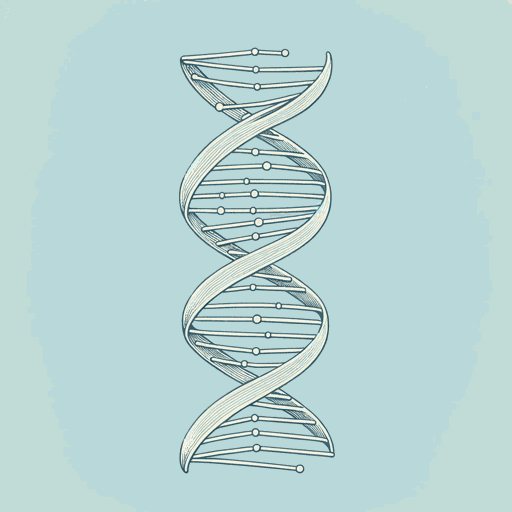84 pages • 2 hours read
James D. WatsonThe Double Helix
Nonfiction | Book | Adult | Published in 1968A modern alternative to SparkNotes and CliffsNotes, SuperSummary offers high-quality Study Guides with detailed chapter summaries and analysis of major themes, characters, and more.
Chapters 1-4Chapter Summaries & Analyses
Chapter 1 Summary
Watson begins with a description of Francis Crick, who he first met in autumn of 1951, when he came to the Cavendish Laboratory in Cambridge to work on the structures of proteins.
He starts, “I have never seen Francis Crick in a modest mood” (7), and notes this immodesty long pre-dates his recent fame. Crick, who was 35 at time, was “almost totally unknown”, and despite his quick mind, had a reputation for talking too much (7).
Watson briefly describes the other key figures at the Cavendish. He mentions Max Perutz, the unit leader, who was working with X-ray diffraction techniques on haemoglobin crystals. He also mentions Lawrence Bragg, the director of the Cavendish. Bragg was then a well-established scientist and Nobel Prize winner. A pioneer of crystallography and X-ray diffraction methods, in the early post-war years Bragg was interested in using X-ray diffraction to determine the structure of complex proteins.
Bragg is characterised as the theorist, with Perutz as the experimentalist, and between them Watson locates Crick, who dabbles in both, but whose natural bent was for throwing out speculative theories to anyone who would listen. He is described as lively and impetuous in his theorising, talking “louder and faster than anyone else” (8).

